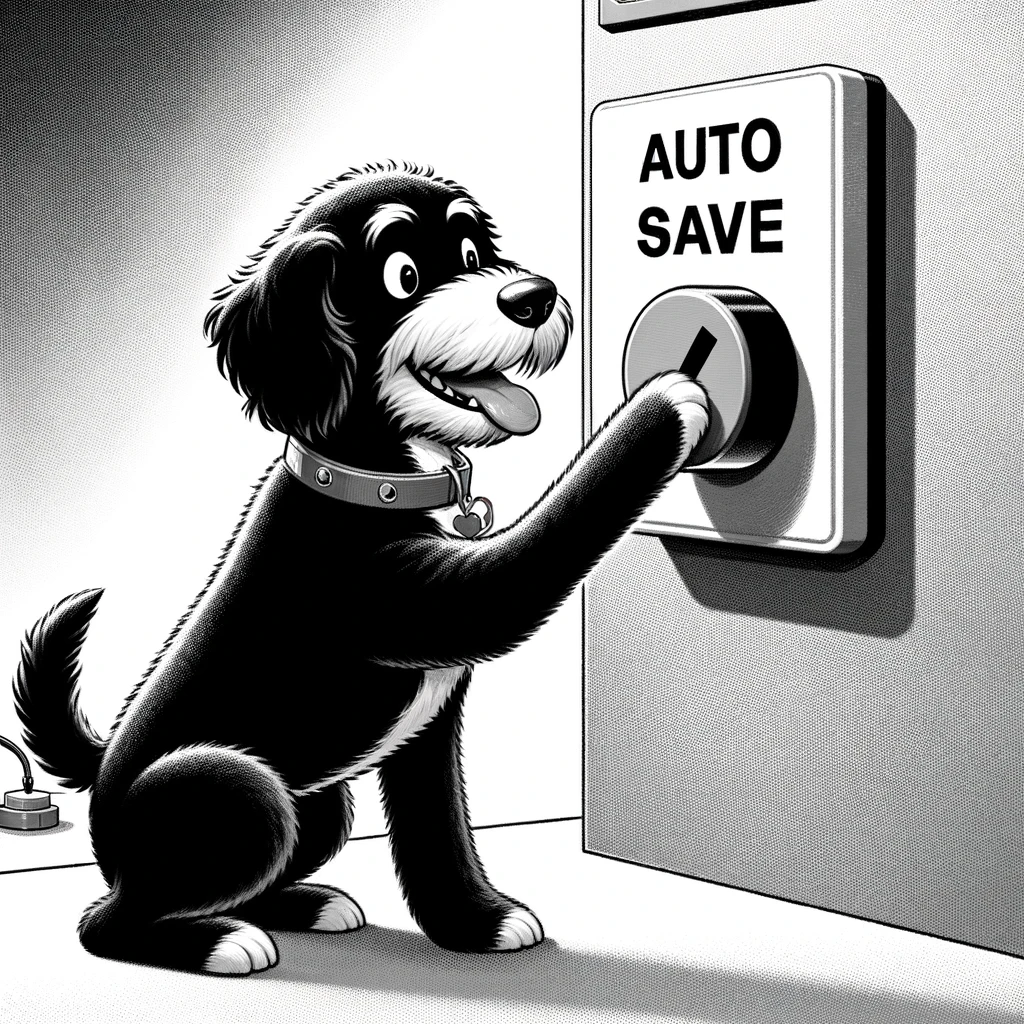Understanding Autosave in WordPress
Autosave is a crucial WordPress feature ensuring that changes to a post, page, or custom post type are not lost during the editing process. When enabled, WordPress periodically saves the draft automatically, creating a backup to protect the content in the event of a mishap, such as a browser crash or lost internet connectivity.
In WordPress, this automatic save function occurs every 60 seconds by default, capturing a snapshot of the latest changes made to the content. This autosave interval can be adjusted by modifying the autosave_interval setting in the WordPress wp-config.php file.
Each autosave only overwrites the previous autosave, ensuring there’s only one autosave version at any given time. However, these do not overwrite the manually saved draft or published content. Additionally, since version 3.6, WordPress employs the local storage feature of the user’s browser, enhancing the reliability of the autosave feature by saving changes locally even without an internet connection.
WordPress convenience extends to offering a revision history, a related feature that stores every saved draft and published update, allowing users to view and restore content from earlier revisions. Those who prefer to disable autosave, though not recommended, can do so with the use of plugins or by adding custom code.
Moreover, to undo changes, users may rely on the revisions to revert back to previous iterations of the content, making both autosaves and revisions formidable features in preserving the integrity of one’s work on WordPress.
Configuring and Customizing Autosave
In WordPress, the autosave feature is a safeguard for content creators. It ensures that posts and pages are automatically saved at regular intervals. This feature is especially vital if the internet connection is unstable or if the web host experiences issues, helping prevent loss of unsaved work.
To manage autosave settings, one must delve into the wp-config.php file. It’s located in the WordPress root directory. The key line to edit or add is define('AUTOSAVE_INTERVAL', 300); where 300 is the number of seconds between each autosave.
Customizing Autosave Interval:
- Navigate to the
wp-config.phpfile via FTP or file manager provided by the hosting service. - Locate or add the line
define('AUTOSAVE_INTERVAL', seconds);. - Replace
secondswith the desired time interval in seconds.
Disabling Autosave:
It’s not typically advised to disable autosave, but for those who wish to, increasing the interval to a very high number can effectively disable it. Note that this could lead to a higher risk of content loss.
To disable:
- Set a high number in
AUTOSAVE_INTERVAL, like86400(one day).
Handling Post Revisions:
Post revisions are stored in the WordPress database and can be limited or disabled by adding define('WP_POST_REVISIONS', limit); to the wp-config.php file, where limit represents the number of revisions to store.
For those uncomfortable with manual code edits, plugins offer an alternative method for altering autosave intervals without editing the wp-config.php file.
Using Plugins:
- Search for autosave-related plugins in the WordPress plugin directory.
- Install and activate the chosen plugin.
- Follow the plugin’s guide to adjust autosave settings.
While custom post types adhere to the same autosave settings, some plugins or themes might have different configurations for them. In any case, the WordPress editorial staff and team of WordPress experts consider the autosave feature as a critical component of this CMS, streamlining the content creation process within the post editor.
WordPress Autosave and Post Management
In the world of WordPress content creation, Autosave is an indispensable feature for both solo authors and editorial teams. It acts as a safety net, ensuring that changes to a post or page are not lost during an editing session. This feature automatically saves a copy of the content at regular intervals—usually every 60 seconds—directly into the website’s database.
Autosave is particularly useful when dealing with unforeseen issues such as browser crashes or loss of internet connectivity. It utilizes the local storage capability of the user’s browser, which means authors can continue editing even while offline. Upon restoring the connection or recovering from a crash, the most recent draft can be retrieved with an option to ‘Restore this revision’.
The Autosave operates seamlessly within the WordPress editor, offering real-time saving without the need for manual draft saving. However, it’s worth noting that WordPress stores only one Autosave at a time. If an update is made, it overwrites the existing Autosave, providing the most recent version for recovery.
Multi-author sites benefit greatly from Autosaves, as they help to prevent loss of work when multiple users are editing simultaneously. In conjunction with plugins, this feature can be fine-tuned to enhance post management across various themes and web hosting environments.
For those who often need to undo changes, the Autosave pairs effectively with the revision system. The ‘Revisions‘ feature allows users to go back to previous versions, adding another layer of insurance against lost work.
In essence, the WordPress Autosave feature offers peace of mind to content creators, maintaining the integrity of their work against potential disruptions.













